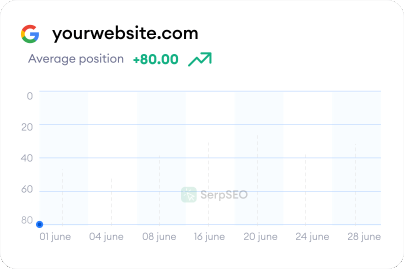Traffic bots have become a hot topic in the digital world, sparking debates about their benefits and drawbacks. Whether you’re a website owner, marketer, or just curious about how these bots work, it’s essential to understand both the pros and cons of using traffic bots. Let’s break it down.

.svg)
Pros of Using Traffic Bots
1. Load Testing
One of the primary advantages of traffic bots is their ability to perform load testing. By simulating heavy traffic, these bots help developers assess how well a website can handle large volumes of visitors. This is crucial for identifying performance bottlenecks and ensuring that the site can maintain its speed and functionality even during traffic spikes.
2. SEO Testing
Traffic bots can be used for SEO testing purposes. By generating visits to specific pages, they help marketers evaluate how different strategies impact search engine rankings. This controlled testing environment can provide valuable insights into which SEO techniques are most effective.
3. Monitoring and Analytics
Traffic bots are useful for monitoring website performance and analytics. They can continuously visit and interact with a site, providing a steady stream of data. This can help in identifying issues like broken links, slow-loading pages, and other user experience problems. Additionally, bots can be programmed to perform specific actions that human visitors might not, offering a different perspective on site performance.
4. Competitor Analysis
Another strategic use of traffic bots is for competitor analysis. Bots can visit competitor websites to gather data on their traffic patterns, popular content, and user engagement. This information can be invaluable for benchmarking and developing competitive strategies.
Cons of Using Traffic Bots
1. Misleading Analytics
One of the most significant downsides of using traffic bots is the potential for misleading analytics. Since bots are not genuine users, their interactions can distort website traffic data. This makes it challenging to get an accurate picture of user behavior and engagement, leading to poor decision-making based on faulty data.
2. Ethical and Legal Issues
Using traffic bots raises ethical and legal concerns. Search engines and advertising platforms have strict policies against artificial traffic generation. If detected, websites can face penalties, including lower search rankings or account suspension. This not only affects the site's visibility but also damages its reputation.
3. Security Risks
Traffic bots can pose security risks, especially if they are not properly managed. Malicious bots can exploit vulnerabilities, leading to data breaches and other security incidents. Additionally, bots can be used in coordinated attacks, such as Distributed Denial of Service (DDoS) attacks, which can overwhelm and shut down websites.
4. Cost and Maintenance
Implementing and maintaining traffic bots can be costly. Developing sophisticated bots requires technical expertise and ongoing maintenance to ensure they remain effective and undetectable. For many businesses, the costs associated with using traffic bots may outweigh the potential benefits.
The Bottom Line
Traffic bots offer several advantages, such as load testing, SEO testing, and competitor analysis. However, they also come with significant drawbacks, including misleading analytics, ethical and legal issues, security risks, and high costs. It’s crucial to weigh these pros and cons carefully before deciding whether to use traffic bots for your website.
Summary
